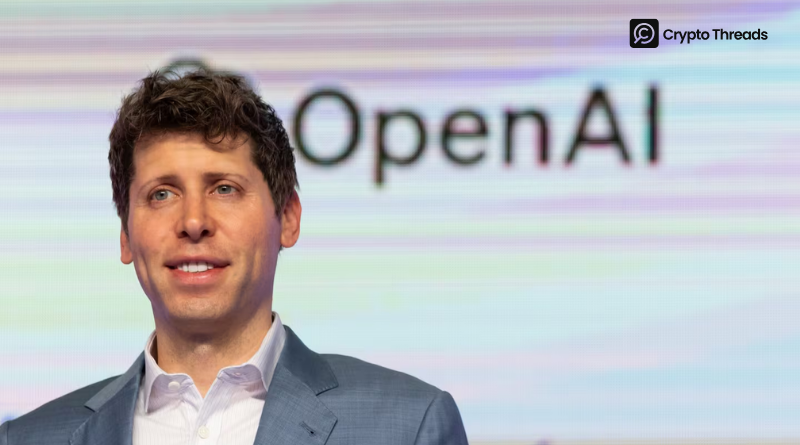OpenAI Revenue 2025: $12B Achieved, $125B Goal Set for 2029
Key Takeaways
- OpenAI achieved $12 billion in annualized revenue in the first seven months of 2025, doubling its pace from early in the year.
- The company is currently generating approximately $1 billion in monthly revenue.
- Weekly active users have exceeded 700 million globally, showing mass adoption of ChatGPT.
- OpenAI projects a cash burn of up to $8 billion in 2025 as it scales operations and infrastructure.
- Its long-term goal is to reach $125 billion in annual revenue by 2029, with plans to become cash flow positive around that time.
OpenAI’s Revenue Doubles to $12 Billion in 2025
OpenAI’s business momentum shows no sign of slowing. By mid-2025, the AI company reached an annualized revenue of $12 billion, up from approximately $500 million per month at the beginning of the year. This sharp increase reflects surging demand for OpenAI’s suite of products, especially its flagship ChatGPT platform and API services.
ChatGPT—available through free and paid plans, mobile apps, and enterprise deployments—continues to attract a massive user base. By July 2025, OpenAI had surpassed 700 million weekly active users. That figure includes individuals using the app directly and through embedded integrations such as Microsoft Copilot, which is powered by OpenAI’s large language models.
While the company is on a steep growth trajectory, it comes with a high cost. OpenAI now expects to burn up to $8 billion in cash during 2025, a significant increase from previous internal projections. The rise is largely driven by infrastructure expenses, model training, and expansion into new product lines.
Ambitious Path Forward: $125 Billion by 2029
Despite current spending, OpenAI has laid out an aggressive roadmap for long-term expansion. The company aims to reach $125 billion in annual revenue by 2029—placing it in the same league as the largest cloud or software companies globally. It also expects to turn cash flow positive around that time, based on projections of scaled-up enterprise adoption and product diversification.
A major component of OpenAI’s growth strategy is the development of AI agents—intelligent systems capable of autonomously handling complex tasks. The company is also continuing to refine and expand its model offerings, including GPT-4.5, GPT-4.1, and lighter versions optimized for mobile and edge devices.
Beyond software, OpenAI is moving toward greater vertical integration. In 2025, it acquired an AI hardware startup founded by Jony Ive for over $6 billion. The goal is to build specialized hardware optimized for generative AI, potentially reducing dependency on external GPU suppliers and cloud providers.
The company is also a participant in a broader AI infrastructure initiative—an ambitious $500 billion global project co-led by SoftBank and Oracle. This project aims to establish a more energy-efficient and geographically distributed AI compute backbone by the end of the decade.
Additionally, OpenAI recently closed a $40 billion investment round led by SoftBank, which valued the company at around $300 billion. This capital injection is expected to fuel further R&D, infrastructure buildout, and international expansion.
In just a few years, OpenAI has gone from breakthrough lab to market leader, shaping not only the future of AI but also the economics around it. If current trends continue—and the company can balance scale with sustainability—its $125 billion target may be more than just aspirational. It could be inevitable.



